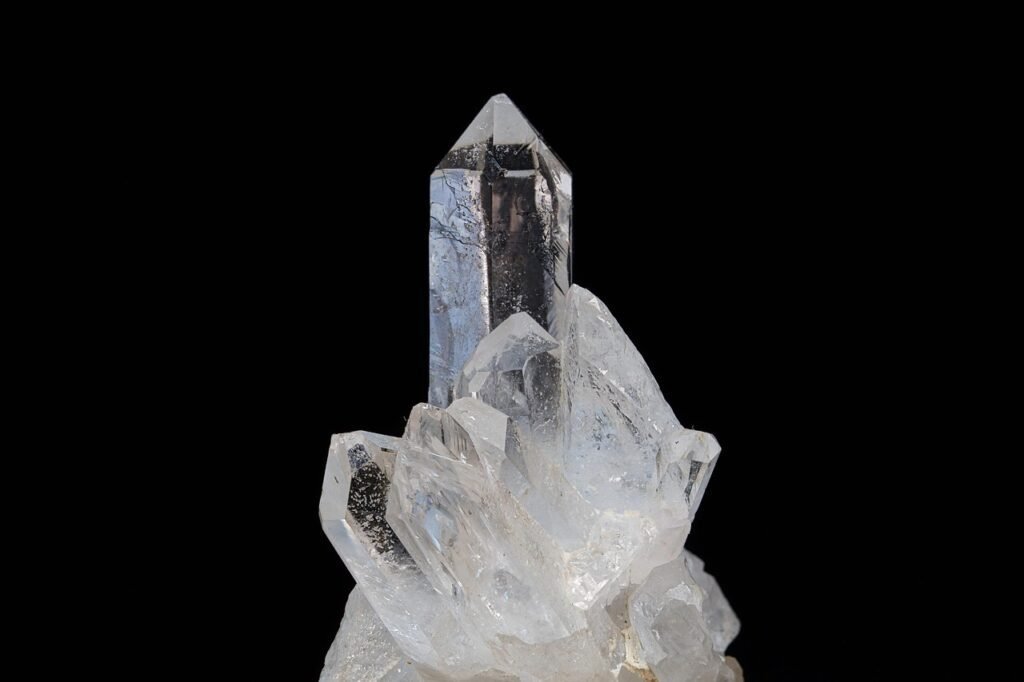🌟 Monthly Mineral Spotlight – June 2025
Quartz
Quartz is one of the most abundant and widely recognized minerals on Earth. Found on every continent, it comes in many forms—from sparkling clear crystals to colorful varieties like amethyst, rose quartz, smoky quartz, and citrine. Composed of silicon dioxide (SiO₂), quartz forms in environments ranging from volcanic flows to deep hydrothermal veins.
🧠 Did You Know?
Quartz rates a 7 on the Mohs scale, making it a tough and versatile mineral used in jewelry, tools, and even electronics.
The ancient Greeks believed quartz was eternal ice, so deeply frozen it could never melt. The word “crystal” comes from the Greek krystallos, meaning “ice.”
Piezoelectric quartz can generate voltage when compressed—used in watches, radios, and precision instruments.
Some Native American cultures used quartz in ceremonies, attributing it with healing or spiritual properties.
🔍 Field Tip
When hunting for quartz in the field:
Look for glassy, hexagonal crystals, often with pointed tips.
Clear or milky quartz often forms in pegmatite veins or geodes.
In Oregon, Crook County and Jackson County are known for productive quartz collecting sites.
🧭 Quick ID Checklist
Color: Clear, milky white, or shades like purple (amethyst), pink (rose), brown/gray (smoky)
Luster: Vitreous (glassy)
Crystal System: Hexagonal
Common Form: Six-sided prisms with pyramidal ends

Quartz crystal cluster by LisaRedfern – Pixabay

Quartz crystal cluster by Ren-mch – Pixabay